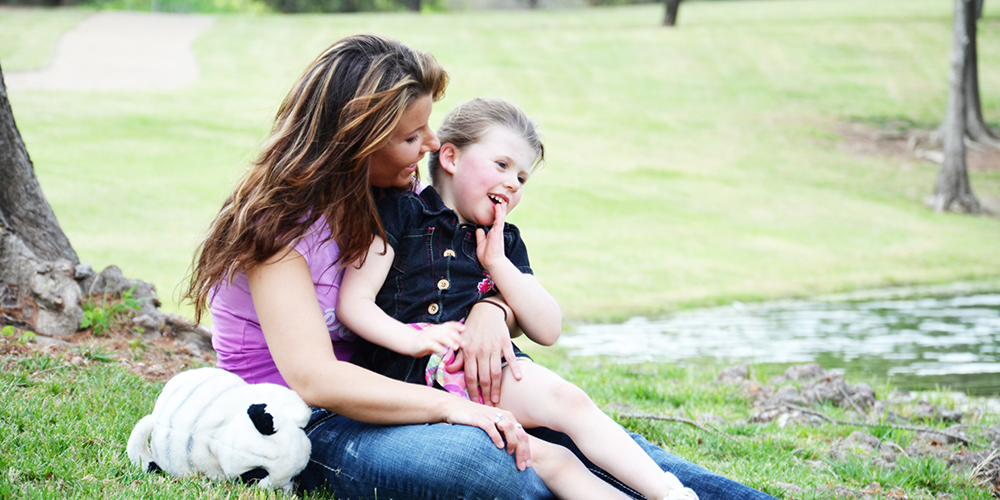Numbers can overwhelm us. Sometimes we cannot grasp a large number because we have no perspective. This is the case with foster care. It’s very easy to think that foster care is someone else’s problem but the issue with that type of thinking is that there are foster kids all around us in plain sight. We just don’t know it. These statistics are taken from the Dave Thomas Foundation and The Casey Foundation and the Children’s Bureau.
- There are over 400,000 kids in foster care
That’s nearly a half million infants, children, and teens in temporary care. Foster care beds are full in many states. This means that if a social worker cannot find a bed for a child in need, there is a possibility that child may sleep in a shelter, a government office, or a foster home that is already overcapacity. One more open bed can make a difference in the life of a child who just wants to be treated as a unique individual, not just a statistic.
- There are over 100,000 foster children eligible for adoption
Being eligible for adoption means that parents have had their parental rights legally terminated and are no longer the legal guardians. If there are no appropriate relatives, a foster parent may be considered for adoption. This is a natural transition because the current foster parent already has cared for the child, knows the child’s likes, dislikes, strengths and needs, and the child is already on track to becoming part of the family.
- The average age of a foster child is 8.5 years old
As the Opioid Crisis is on the rise, the rise in Substance Exposed Newborns is also on the rise. However, the longer a child stays in foster care, the likelihood of adoption drops. All foster children need permanency.
- 55% of children reunify with their parents
Regardless of our feelings about birth parents, they do deserve a chance to reunite with their children. We need to consider reunification a success story and praise any parent who has turned around their life in order to do so.
- Each year, 20,000 foster children age out of the system, leaving them more at risk for homelessness, incarceration, and unemployment.
An 18-year-old who does not get adopted and has no permanent family is at greater risk for instability in society. Older teens need to be prepared for independent living and need to know that they have someone to turn to when times get tough.
- 1% of foster children run away from their placements
Runaways are more at risk of sex trafficking and other victimization. They are prime targets for perpetrators who want to abuse young people. They need protection.
- 3% of foster children live with relatives (kinship)
A kinship family is a placement where family is the ideal choice. This is not always the case, however, the family can be an ideal placement because the child already has the familiarity and the attachment to the home. The move to grandma’s or to an uncle and aunt’s home may be a smooth one.
- 26% of foster children will be adopted
The good news is that one-quarter of all foster kids find their forever family. They go through the legal process, are matched with a loving family, and have their final court date which makes them a part of that family forever.
- On average, foster children wait 3 years to be adopted.
Waiting to be adopted can be an excruciating thing for a foster child. The thought, “Why does nobody want me?” may cross their mind. Long court battles, instability in the birth parents’ sobriety, or simply finding a family with the skills to meet their special needs can all be factors. But when adoption does occur, it should lessen the anxiety in the child.
- The average age of a foster child waiting to be adopted is 8 years old.
Most young couples want to adopt infants. The fact of the matter is that older children, teens, and siblings also need to be adopted. They also need permanency and a “forever family.”
These stats should be enough to motivate anyone to want to foster. It should also motivate us to become more active in advocating for children/youth in care. They deserve protection, consistency, and a future that they can count on. The numbers may overwhelm us but rest assured, we can help all of them, one kiddo at a time.




